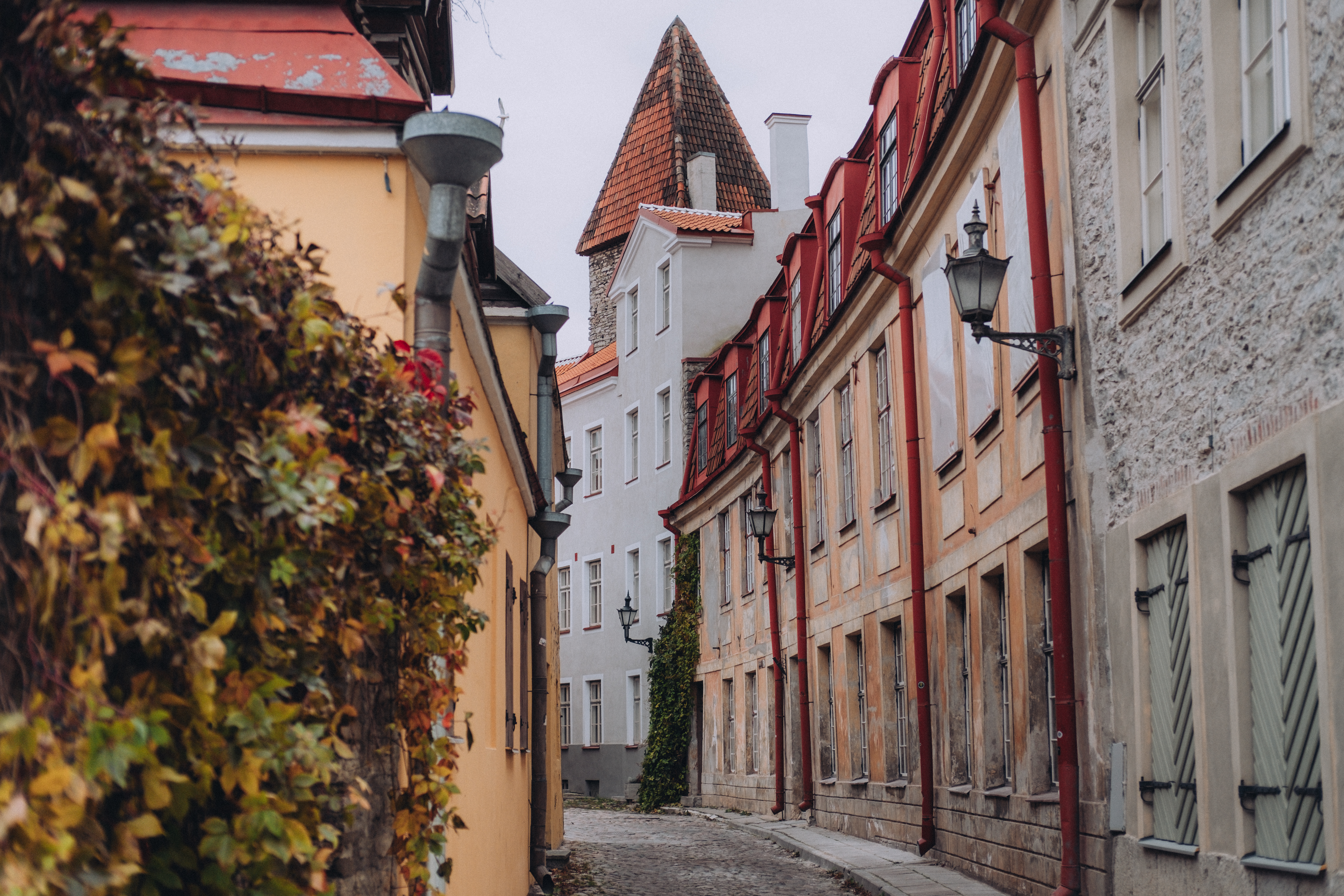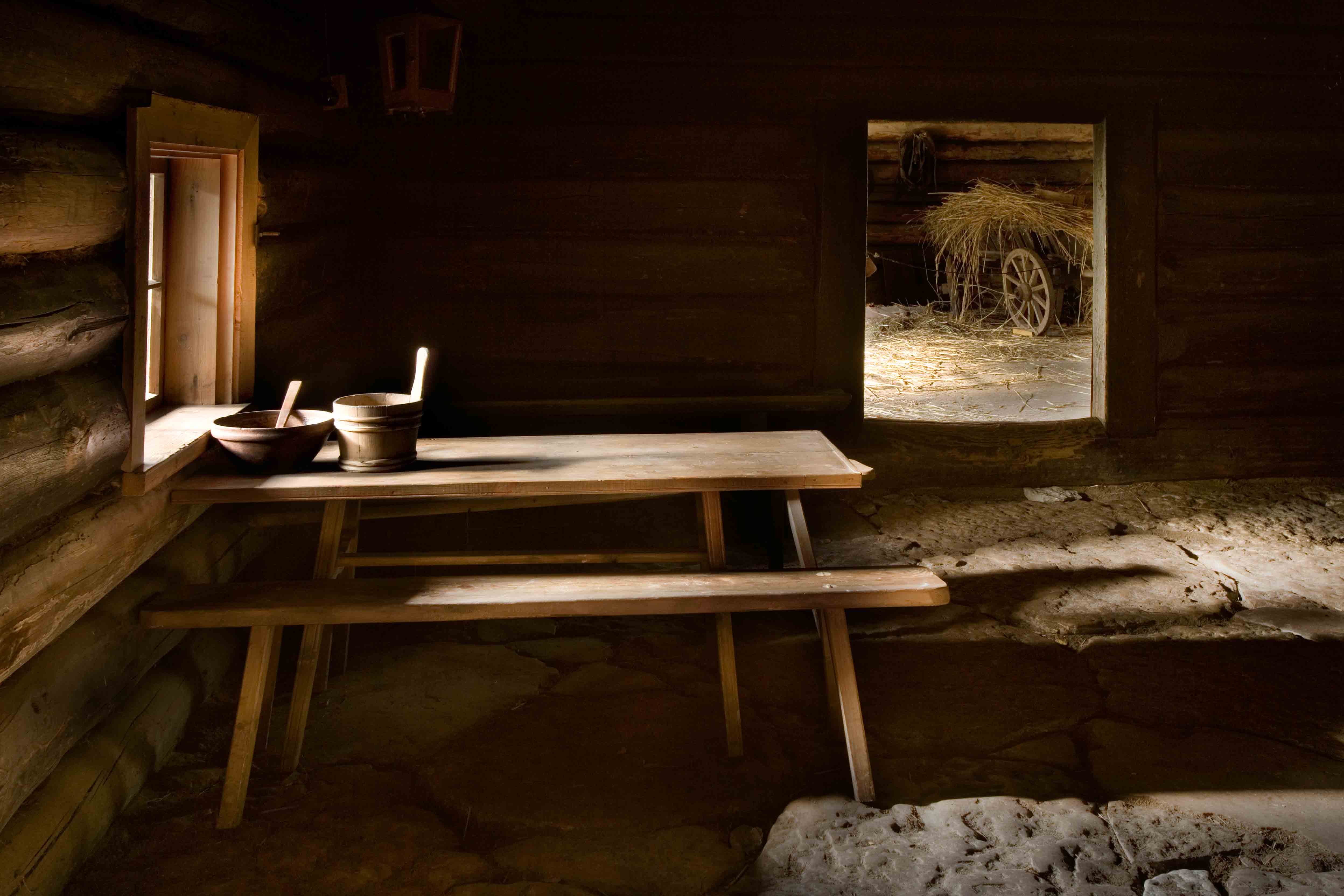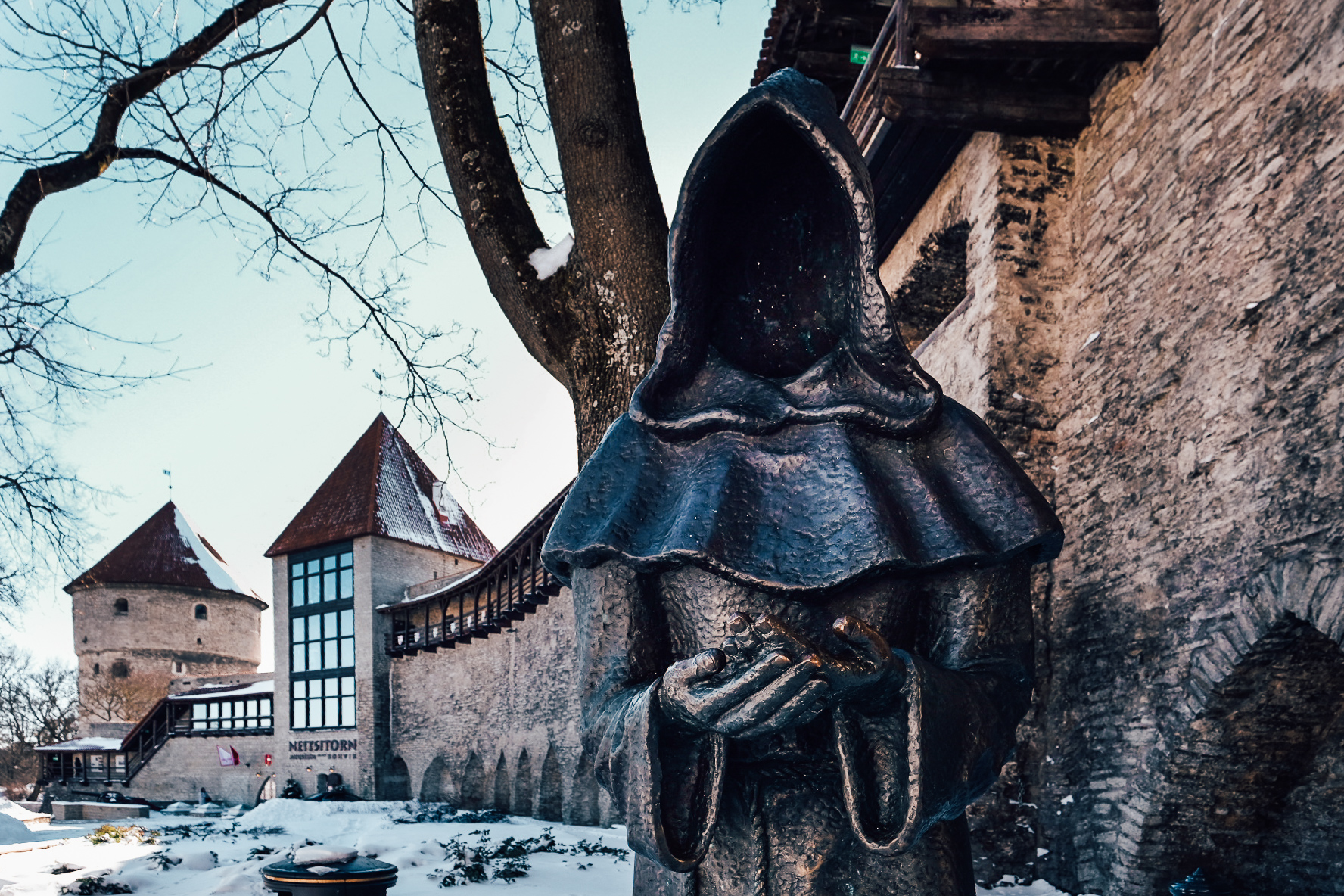
The dead pay a visit on All Souls’ Day
Día de Muertos (Day of the dead), Halloween, All Saints' Day and All Souls' Day all fall to the same period taking place between October 31st and November 2nd. These holidays share some macabre features but are celebrated in a different manner in different countries.

No Halloween zone?
Despite being most distinctive in its (commercial) features, Halloween isn't really celebrated in Estonia.
Many kids have costumes or go trick-or-treating (a similar action takes place during St. Martin’s Day and St. Catherine’s Day later in November). But people generally do not carve jack-o’-lanterns, watch scary movies or decorate their houses.
At some point hundreds of years ago, Estonians felt that they should pay homage to dead ancestors. Add some religious modification a few hundred years later, and as a result, we get the All Souls' Day Estonians celebrate every 2nd of November. Out of all the morbid holidays, this is still the closest one to Estonian hearts.
Compared to previous traditions, the celebrations today are quite low-key (All Souls' Day is a national holiday, but not a day off). People just tend to light candles at their homes and remember those who have passed away.

“Knock, knock” - who’s there?
Late autumn used to be the end of the year in the old Estonian folk calendar. Dark days and dying nature were the ultimate setups for the grim celebration. The origin of All Souls’ Day (hingedepäev) dates back to the Pre-Christian era, and it didn’t use to be just a day, but several days or even weeks.
This period in October-November has traditionally been called hingedeaeg (souls’ time) in Estonian. Hingedeaeg sounds lovely, but what it actually means is that your dead relatives will come for a visit. It depends a lot on the relatives, but we can all imagine, it was not an easy task before and during the dark middle ages.
You were expected to clean the house, serve the best food and heat up the sauna for the special guests. Laughing, joking and making loud noises was forbidden as it might annoy the souls. It was important to please the visitors and be respectful. Annoyed and angry soul could damage the crops or harm the cattle.
All work had to be finished early before the dead ancestors would arrive. In the evening it was time to gently call the names of the dead, so they could find their way to the right house.
Foggy weather was a sign that the air is thick with souls wandering around, ready to be called for dinner.


